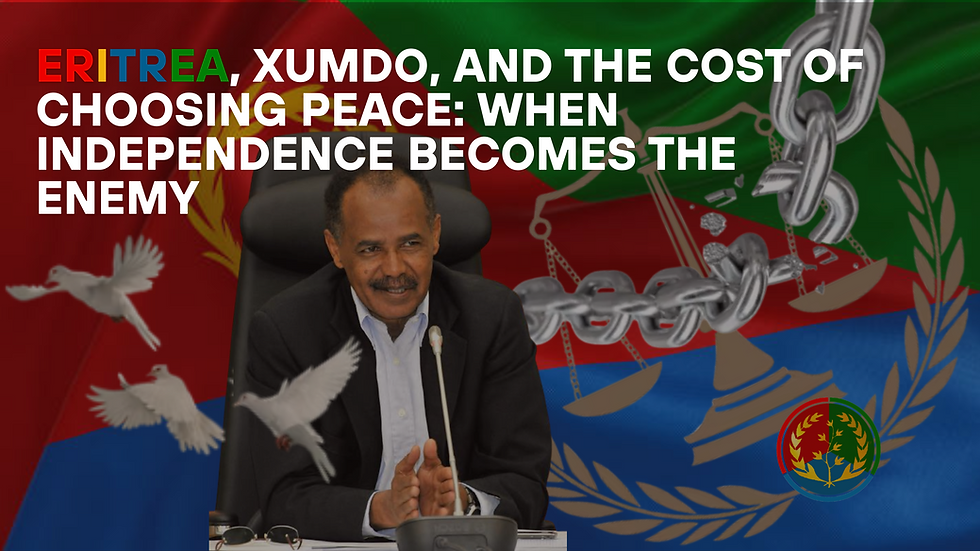The Quiet Exit: U.S. Embassy Closures and the Shifting Global Power Map
- Nakfa Eritrea
- Apr 16
- 3 min read
When Silence Speaks Volumes
It didn’t make headlines like a war. No dramatic exit, no explosions, no leaked cables. Just quiet notices. Just embassies closing. First in Africa. Then in Europe. Then murmurs of budget cuts. But to those of us watching closely, this wasn’t about cost savings. This was about a retreat.
The United States—long the self-declared architect of global order—is folding up its diplomatic footprint in key regions. And while mainstream media frames it as fiscal efficiency, beneath the surface lies a deeper, more consequential story. It is a story of waning influence, shifting alliances, and a geopolitical rebalancing that could define the rest of this century.
The List of Closures and What They Signal
Recent announcements from the Trump administration proposed closing up to 30 diplomatic missions, including:
Embassies in Eritrea, South Sudan, Lesotho, Central African Republic, Republic of Congo, Malta, and Luxembourg
Consulates in Edinburgh, Hamburg, Strasbourg, Rennes, and others
These aren’t arbitrary choices. Many of these nations are at the crossroads of influence, located in regions where China and Russia have stepped in as alternatives to Western power.
The message is clear: America is withdrawing from the frontlines of global diplomacy. And where it leaves a vacuum, others are moving in.
The Rise of Alternative Partnerships
Take Eritrea. Long isolated by U.S. sanctions and smear campaigns, it has instead formed strong ties with Russia, China, and Iran. After pushing USAID and the World Bank out decades ago, Eritrea charted its own course—and now looks prophetic as the world shifts toward multipolarity.
In Niger, Mali, and Burkina Faso, Western embassies are either shrinking or have been expelled outright. In their place? Military and trade deals with Moscow. In Angola, Chinese development banks have replaced the IMF. In Sudan, Israeli companies have entered resource sectors following normalization talks brokered under coercive U.S. conditions.
These aren’t isolated events. They signal a broader realignment: one where African, Middle Eastern, and even European nations are seeking alternatives to Washington-led diplomacy.
Implications for U.S. Power and Global Stability
Embassies are more than buildings. They are eyes and ears. They are soft power platforms. Closing them is not just cost-cutting—it’s surrendering influence.
With fewer diplomatic missions, the U.S. loses:
Intelligence networks critical to understanding emerging threats
Access to local economies where competitors now dominate
Cultural and ideological bridges in regions growing weary of Western intervention
Meanwhile, rivals like China and Russia are offering military training, debt relief, infrastructure, and respect for national sovereignty—something the U.S. increasingly fails to provide.
The closure of embassies signals that America is no longer the only game in town. And the world is adjusting.
A New Era is Dawning
This isn’t just a strategic retreat. It’s a symbolic one. For decades, U.S. embassies were the physical embodiment of American presence and persuasion. To see them close, especially in nations once deemed vital, is to witness a chapter ending.
But in endings, there is also clarity.
This is the era of global rebalancing. Africa is no longer a passive recipient of Western dictates. It is choosing partners. The Middle East is redefining allegiances. Latin America is revisiting sovereignty. And in this shifting tide, the Global South is rising.
As America folds its flags, other banners are being raised. And perhaps, for the first time in generations, the world has a real chance to be reshaped—not by force, but by choice.
We are watching history turn. Not with a bang, but with a quiet closing of doors.
.png)



Comments